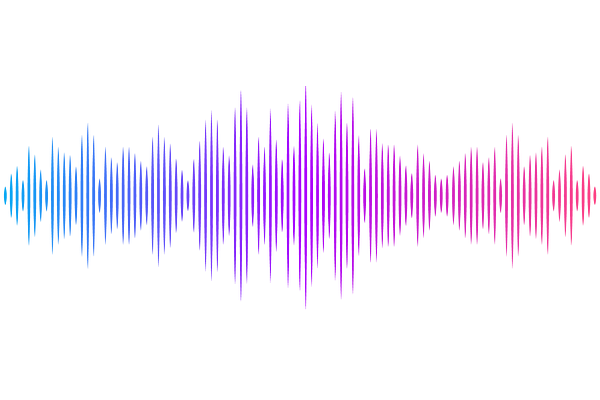Detecting single motor-unit activity in magnetomyography

Detecting single motor-unit activity in magnetomyography
Noury, N.; Marquetand, J.; Hartwig, S.; Middelmann, T.; Broser, P.; Siegel, M.
AbstractStudying the discharge patterns of motor units (MUs) is key to understanding the mechanisms underlying human motor behavior. Intramuscular electromyography (iEMG) allows direct study of MU activity, but is invasive. Surface electromyography (sEMG) offers a non-invasive alternative, but with lower spatial resolution. Recent advances in optically pumped magnetometers (OPMs) have sparked interest in the magnetic counterpart of EMG, magnetomyography (MMG), as an additional non-contact modality to study the neuromuscular system. However, it remains unclear whether MMG signals recorded with superconducting quantum interference devices (SQUIDs) or OPMs can be used to directly detect individual MUs. We addressed this question in a proof-of-principle study in which we recorded MMG signals from the abductor digiti minimi (ADM) muscle using SQUIDs and OPMs. Critically, we simultaneously recorded iEMG from the same muscle to validate the non-invasive measurements. First, we found that invasively recorded MUs can be detected in simultaneously recorded SQUID and OPM MMG signals. Second, we found that invasively validated MUs can be extracted directly from SQUID and OPM MMG. This provides converging evidence that individual MU activity is accessible using non-contact MMG. Our findings highlight the potential of MMG as a non-contact modality to measure and study muscle activity in health and disease.Studying the discharge patterns of motor units (MUs) is key to understanding the mechanisms underlying human motor behavior. Intramuscular electromyography (iEMG) allows direct study of MU activity, but is invasive. Surface electromyography (sEMG) offers a non-invasive alternative, but with lower spatial resolution. Recent advances in optically pumped magnetometers (OPMs) have sparked interest in the magnetic counterpart of EMG, magnetomyography (MMG), as an additional non-contact modality to study the neuromuscular system. However, it remains unclear whether MMG signals recorded with superconducting quantum interference devices (SQUIDs) or OPMs can be used to directly detect individual MUs. We addressed this question in a proof-of-principle study in which we recorded MMG signals from the abductor digiti minimi (ADM) muscle using SQUIDs and OPMs. Critically, we simultaneously recorded iEMG from the same muscle to validate the non-invasive measurements. First, we found that invasively recorded MUs can be detected in simultaneously recorded SQUID and OPM MMG signals. Second, we found that invasively validated MUs can be extracted directly from SQUID and OPM MMG. This provides converging evidence that individual MU activity is accessible using non-contact MMG. Our findings highlight the potential of MMG as a non-contact modality to measure and study muscle activity in health and disease.